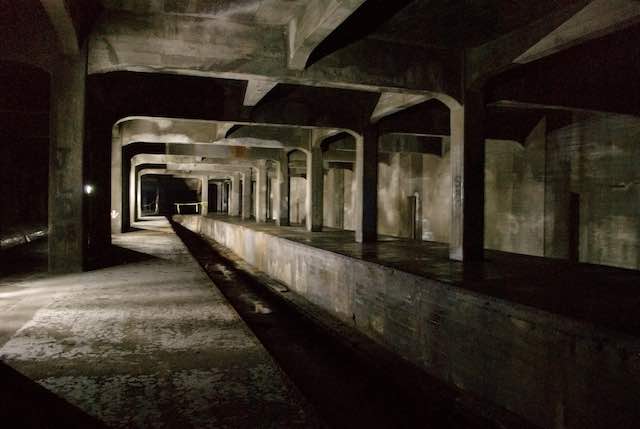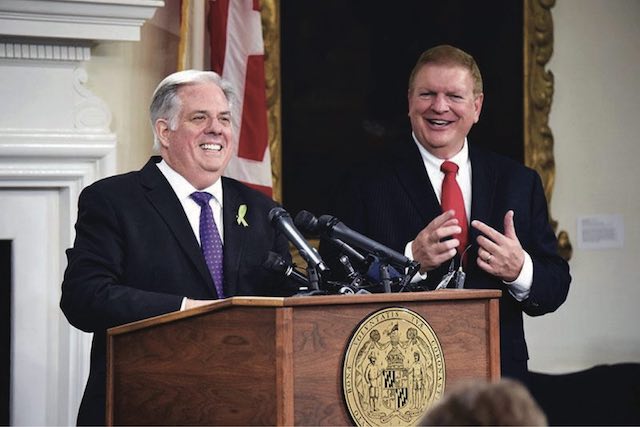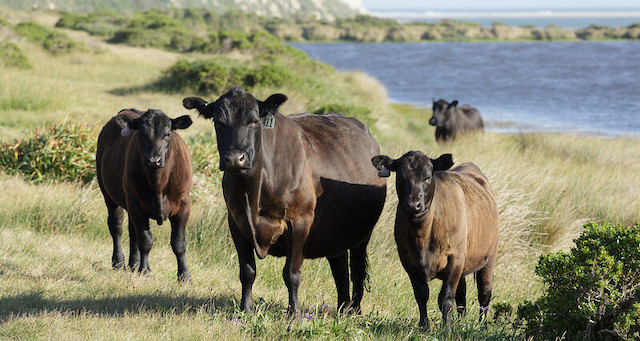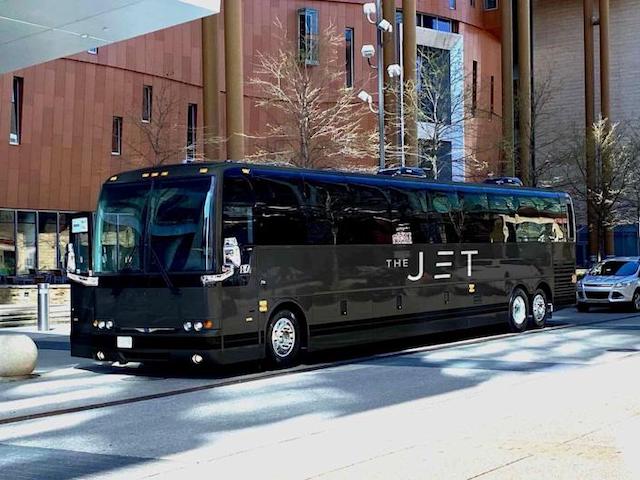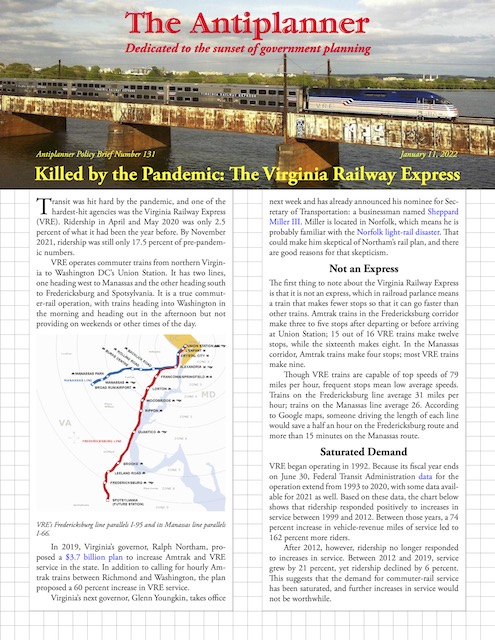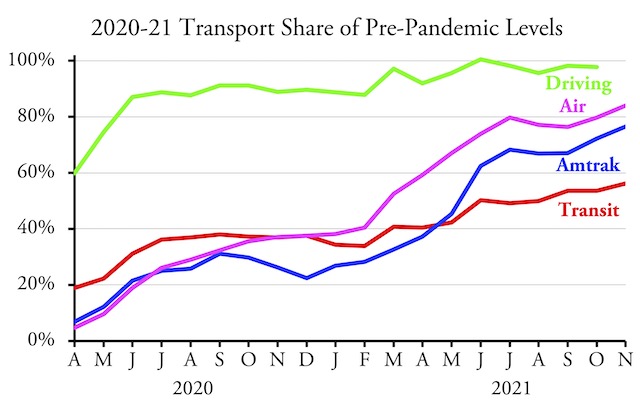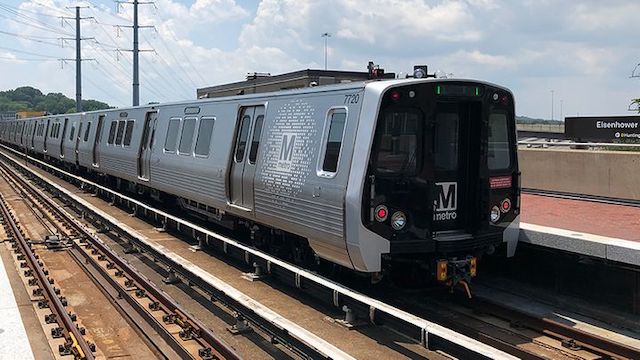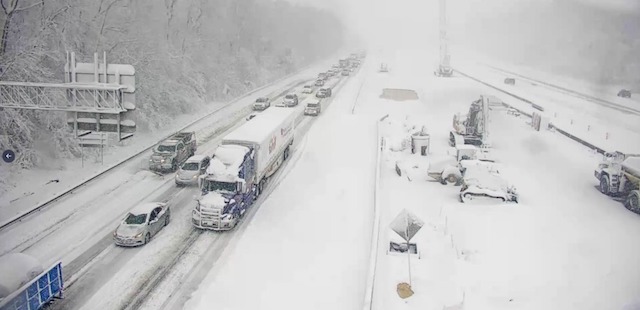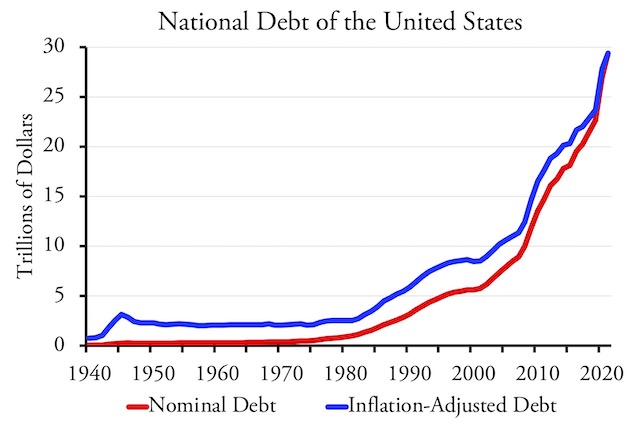“Hey!” says someone in Cincinnati every few years. “Here’s some obsolete infrastructure that should never have been built in the first place. Let’s spend a few billion dollars finishing it!”
The stuff of nightmares: the unfinished Cincinnati subway. Photo by Jonathan Warren.
They are referring, of course, to the infamous Cincinnati subway. If you’ve never heard of it, it is because it never operated. But if you are transit wonk, you’ve almost certainly heard of it and have probably heard some other transit wonk wax nostalgic about how wonderful it would have been if the city had ever completed it. Continue reading

